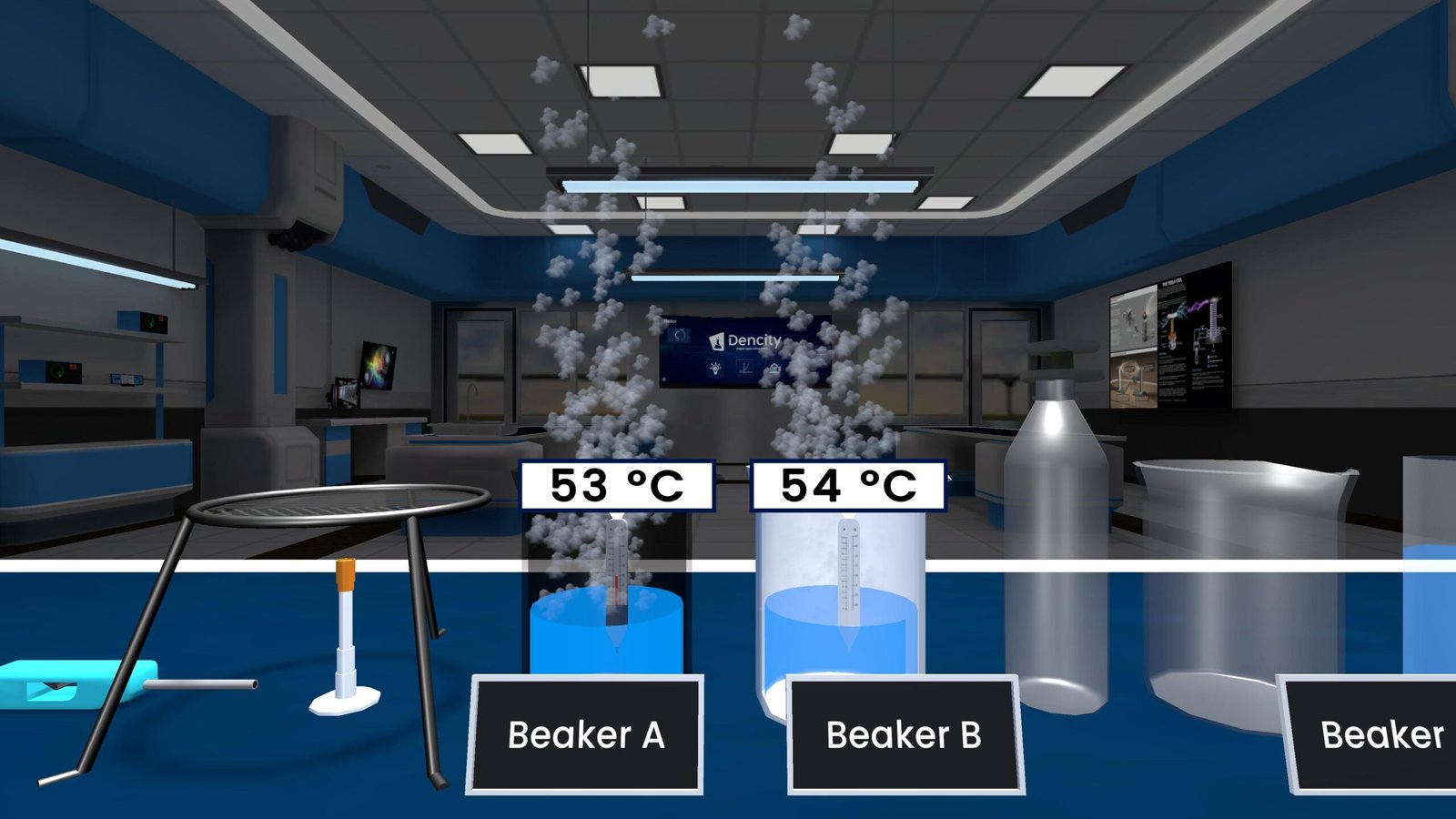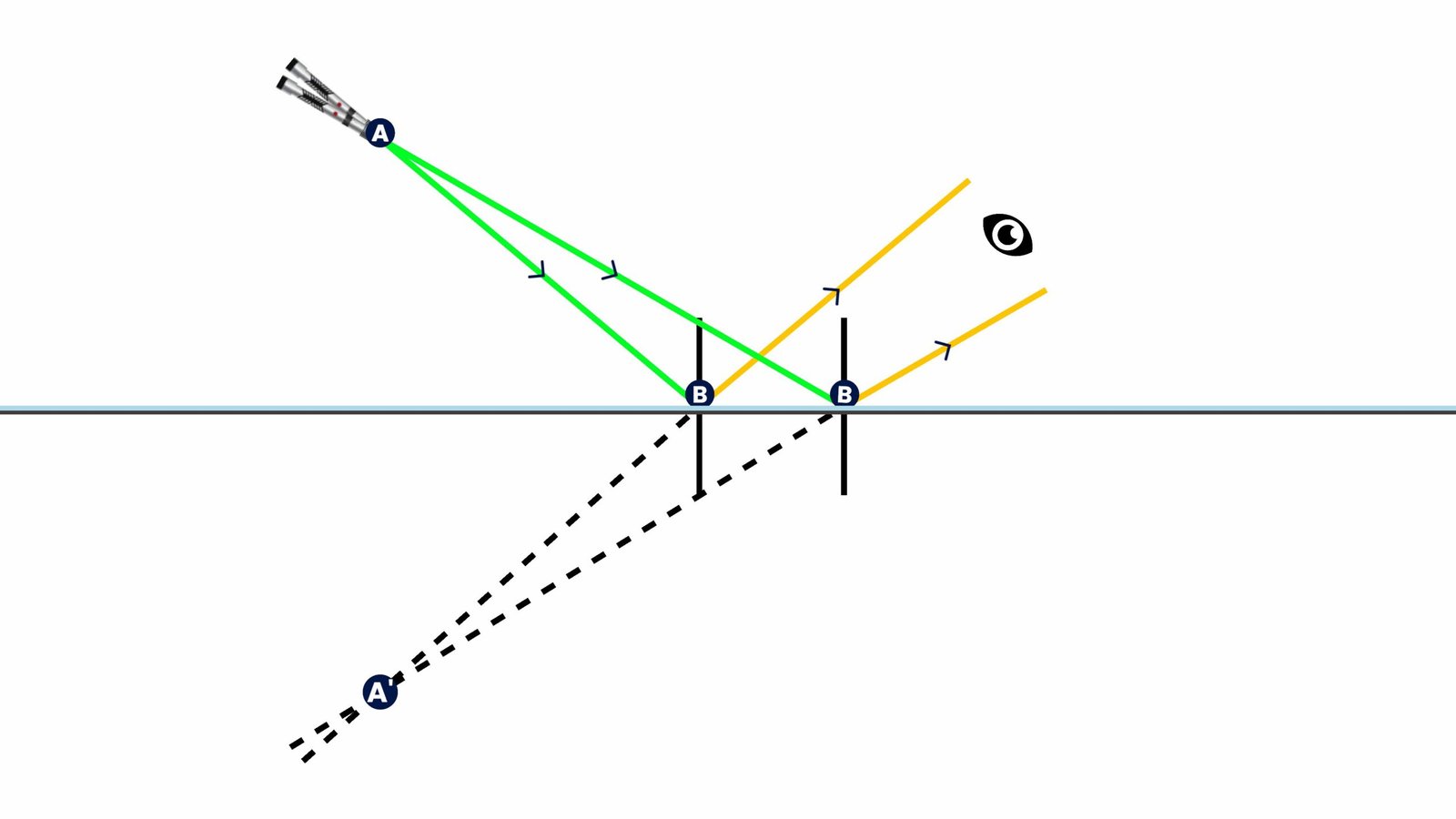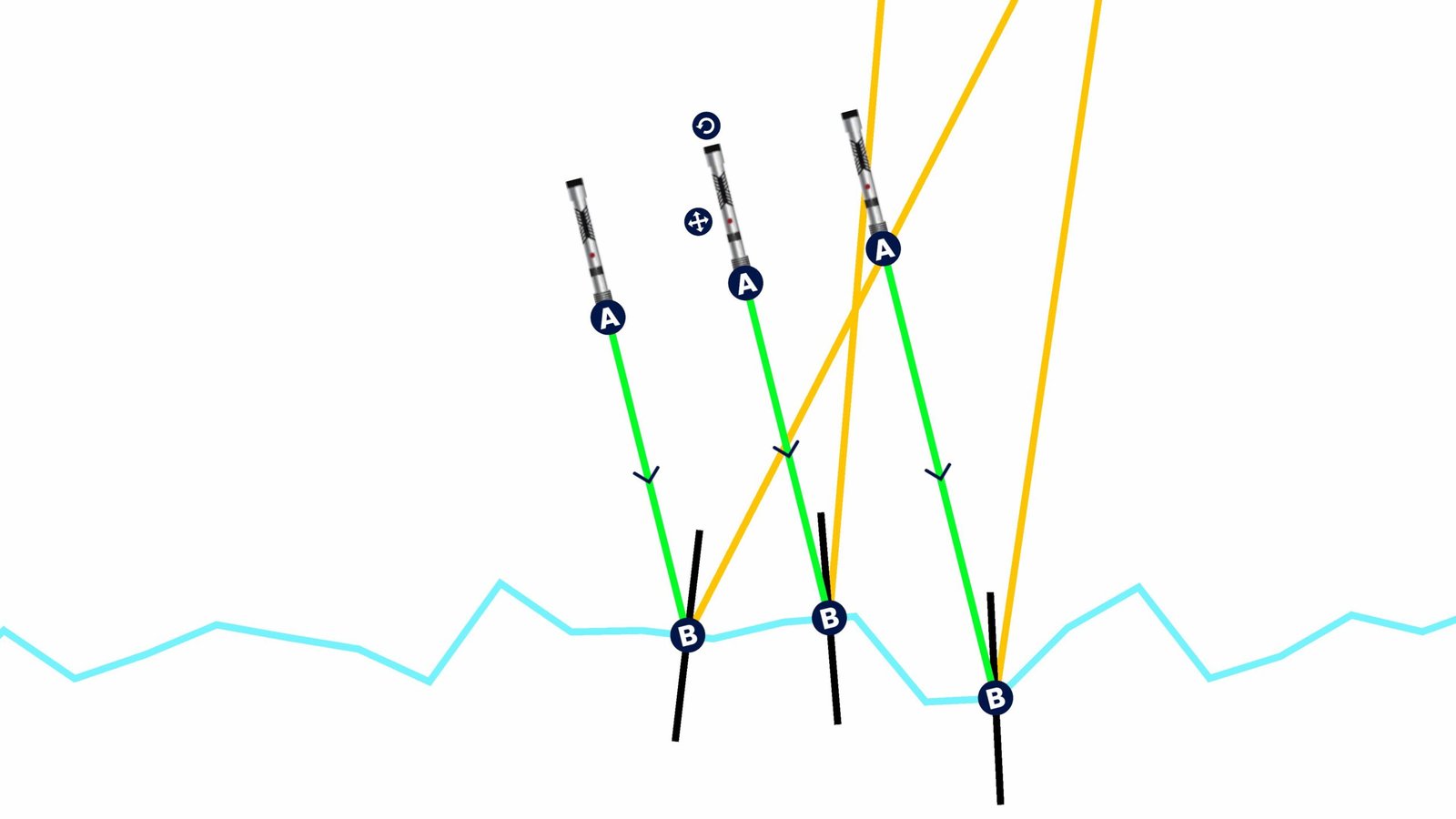Malleability Experiment – Class 10 Science
Malleability is a physical property of metals that refers to how easily a material can be hammered or pressed into different shapes without breaking or cracking. This property comes into play especially when a material undergoes compressive stress—like when it’s hit with a hammer.
When metals like gold, silver, lead, or zinc are hammered, their atomic structures allow for internal shifting. Materials with high malleability deform significantly, while those with lower malleability resist change and may even crack. This makes malleability a crucial characteristic in many industrial and artistic applications.
Understanding Malleability through Metals
- Gold: Shows the highest malleability. It flattens easily and smoothly.
- Silver: Very malleable but slightly less than gold. Flattens with minor marks.
- Lead: Moderately malleable. It compresses slightly under hammering.
- Zinc: Least malleable among the four. It barely deforms and may crack.
| Material | Malleability Level |
|---|---|
| Gold | Highest |
| Silver | High |
| Lead | Moderate |
| Zinc | Low |
| Material | Effect After Hammering |
|---|---|
| Gold | Smooth and flattens easily |
| Silver | Flattens, minor marks |
| Lead | Slight compression |
| Zinc | Barely changes or cracks |
| Material | Common Uses |
|---|---|
| Gold | Foils, jewellery |
| Silver | Utensils, ornaments |
| Lead | Cable covers, batteries |
| Zinc | Galvanization |
This experiment helps students visually compare malleability and understand atomic structure behavior under physical force. It’s particularly useful in understanding how different metals are chosen for specific tasks.
Perform the Malleability Experiment in Dencity
With the Dencity virtual science lab, students can perform this Malleability Experiment safely and interactively. You can test how much each metal flattens, without needing actual samples or risking injury. It provides:
- Real-time simulations of hammering.
- Step-by-step virtual experiments.
- Comparative results for different metals.
Dencity is a virtual science lab platform for Class 9 to Class 12 science students, available on Android, iOS, and Desktop. It bridges the gap between theory and practice with immersive interactive learning and real-world simulations.
Dencity for Teachers
- Enables interactive teaching with live experiments.
- Teachers can control the virtual lab and assign homework in under 30 seconds.
- Comes with automatic student tracking and grading.
- Allows real-time collaboration, perfect for remote learning or classroom settings.
Works Perfectly on Interactive Touch Panels
Dencity’s virtual science lab is fully optimized for use on interactive smartboards and touch panels. Teachers can drag, drop, and manipulate experiments using touch gestures, making classes highly engaging and dynamic.
Request Demo or Custom Pricing
If you’re part of an educational institution, contact us to schedule a demo or get customized pricing for your school. Discover how Dencity can transform your science curriculum!
Frequently Asked Questions (FAQs)
- What is malleability in simple words?
It’s the ability of a material to be hammered into a different shape without breaking. - Which metal is the most malleable?
Gold is the most malleable metal. - Why is malleability important in real life?
It helps determine which metals can be used for making foils, wires, or decorative items. - What happens to zinc when hammered?
Zinc barely flattens and may crack, showing low malleability. - Can I perform this experiment virtually?
Yes, the Dencity app lets you test malleability with virtual tools. - Is this experiment part of school curriculum?
Yes, it’s usually taught in Class 10 Science under metal properties. - Does Dencity offer real-time feedback?
Yes, you get immediate results and comparison charts after each test. - Do I need real metals for this experiment in Dencity?
No, everything is simulated digitally for safety and cost-efficiency. - Can teachers assign this as homework?
Yes, Dencity allows teachers to assign and grade virtual experiments easily. - What devices support Dencity?
Dencity works on Android, iOS, and Desktop, and is optimized for touch panels too.
Start your journey with Dencity and experience science like never before.







